A Quick Quote on “Pulps vs. Slicks”
As you read this, I’m in Atlanta to see my brother graduate from medical school. Which means that this is “time-bomb post” I put in the queue to automatically go off and post itself while I’m away. Which also means that I’m keeping this a bit short, as I don’t have the weekend to write up something more in-depth.
What I’ve decided to do instead is let somebody else do most of the work for me. I’m going to share a quote about the pulps that I came across when I was doing my research for my two posts about Frederick “Max Brand” Faust. This comes from Jon Tuska’s essay “Frederick Faust’s Western Fiction” from The Max Brand Compnaion (Greenwood, 1996). Tuska makes an interesting comparison between writing for the pulps and writing for the “slicks,” the glossy magazines that offered supposedly greater prestige for writers who could break into them. Tuska shows a reversal of how people view pulp literature vs. “mainstream” literature:
Both [Faust] and [his agent] Carl Brandt areed that the only way to cope with the depressed economy was for Faust to move into slick magazines which paid much better. Faust, studying the market, readily realized that restrictions in the slicks were more rigid and confining than they ever had been in the pulps. Writing for Western Story Magazine, he had to concern himself with such general notions as a pursuit plot, which [editor] Blackwell preferred, or delayed revelation. Writing for the slicks, he realized that the editors sought to dominate a contributor’s mind. Attitudes and ideas were everything. Beyond entertainment, which both pulp and slick fiction alike provided, slick fiction had to deliver an ideological message to readers which agreed with the editorial policies of the magazine and these were dictated by the advertisers and their agencies. Perhaps it is for this reason that so much of the slick fiction of the 1930s and 1940s had become hopelessly dated while pulp fiction from that same period still pulsates with imagination and iconoclasm. Ideology is time-bound.
In other words, take that Saturday Evening Post and Collier’s! Long live Black Mask, Weird Tales, and Astounding! (And Black Gate carrying on their legacy.)
See you next week.
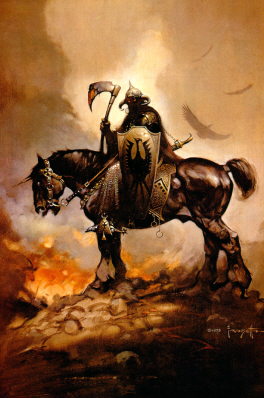 Frank Frazetta, the greatest fantasy artist of his generation, died today at age 82.
Frank Frazetta, the greatest fantasy artist of his generation, died today at age 82.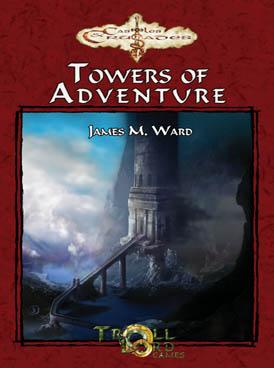 A while back I placed an order with one of my favorite online vendors,
A while back I placed an order with one of my favorite online vendors,  Some of you might have missed
Some of you might have missed 
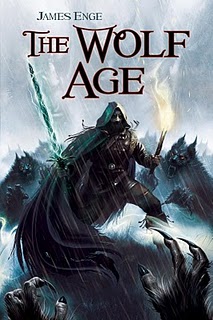 Editorial director Lou Anders has posted Pyr’s complete Fall Winter 2010-2011 catalog online.
Editorial director Lou Anders has posted Pyr’s complete Fall Winter 2010-2011 catalog online.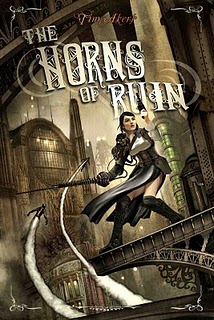 There’s plenty more on the Pyr list to command your attention, including Tim Akers’
There’s plenty more on the Pyr list to command your attention, including Tim Akers’ 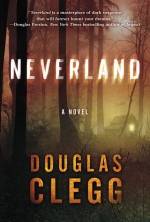 Imagine the family vacation from hell.
Imagine the family vacation from hell.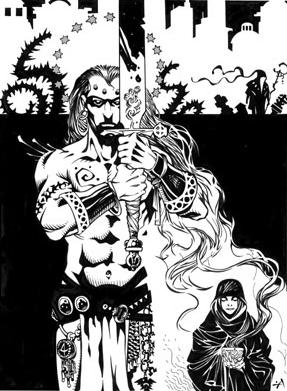
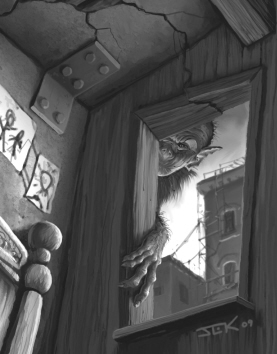 Author C.S.E. Cooney has become the third reviewer to post her thoughts on our latest issue, which she read over several train rides:
Author C.S.E. Cooney has become the third reviewer to post her thoughts on our latest issue, which she read over several train rides: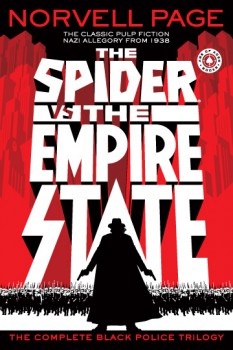 The Spider Revival: Part III
The Spider Revival: Part III